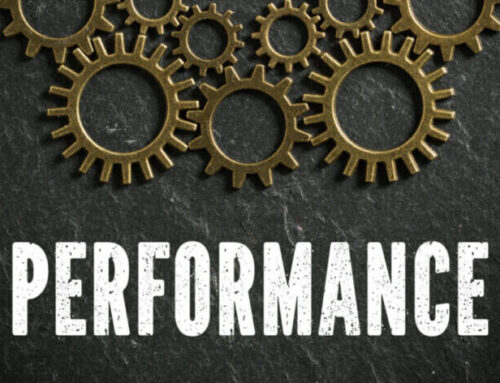Implementing a robust Revenue Integrity program is essential to bridging the all too persistent gap between the full reimbursement to which an organization is entitled, and actual reimbursement realized within the traditional Revenue Cycle Management process. Many organizations are aware that they are affected by revenue leakage, but quantifying and eliminating revenue leakage can prove a daunting task. A successful Revenue Integrity Program will eliminate the traditional Revenue Cycle departmental silos that contribute to these challenges, aligning the Charge Description Master (CDM) and the rest of the Revenue Cycle process, and defining a holistic approach to charge capture which impacts all related departments.
RTSS has guided a number of large and complex client organizations in mitigating risk to revenue through Revenue Integrity efforts, including providing Interim Leadership, gap assessment, CDM analysis and consolidation, auditing, facilitating operational engagement, and providing knowledge transfer and mentorship to client internal resources . Our methodology has identified several guiding principles which are key to executing an effective Revenue Integrity Strategy and Program:
. Our methodology has identified several guiding principles which are key to executing an effective Revenue Integrity Strategy and Program:
- Compliance: Establishing a means by which changes to CMS rules and regulations can be tracked, and charge practices can be kept current and compliant. This includes creating internal audit measures by which the organization can monitor reimbursement accuracy and defensibility against regulatory guidelines.
- Standardization: Maximized payments are the result of correct pricing, charging, coding, and documentation. Identifying and remediating charging errors or inconsistencies for services and/or supply items within the CDM is crucial. For many organizations, this includes the consolidation of several disparate CDM’s into a single, unified CDM across an integrated delivery network.
- Cultural Collaboration: Clinicians are ultimately responsible for capturing optimal
 services and supply charges. It is critical for an organization to ingrain collaboration between clinical and operational/financial stakeholders to educate clinicians regarding the connections between clinical process and charge capture and the importance of the downstream impact to maximized reimbursement. The power of technology and data is irrelevant if the right charges are not captured at the point of service.
services and supply charges. It is critical for an organization to ingrain collaboration between clinical and operational/financial stakeholders to educate clinicians regarding the connections between clinical process and charge capture and the importance of the downstream impact to maximized reimbursement. The power of technology and data is irrelevant if the right charges are not captured at the point of service. - Resources: Deploying personnel resources who have the right foundational knowledge to work in tandem with an organization’s technology resources and serve as a force multiplier. Staff resources should have a depth of understanding regarding charging and reimbursement methodology. Ongoing education and mentorship for Revenue Integrity resources are also key, as they are charged with disseminating related education organization-wide.
From the point of initial patient contact through the final collection of payment for service, Revenue Integrity touches all points along the care continuum. A solid Revenue Integrity Strategy which maximizes revenue margins and compliance is the key driver to maintaining a sustainable revenue stream strong enough to withstand rising costs and declining reimbursements.






